Queer content is at its truest when it’s created by queer artists, writers, designers, or other creators. Stories written by people outside of the queer experience tend to be full of tropes and wild inaccuracies. And it’s difficult to get queer content to audiences through mainstream movies and books. Thanks to platforms like Kickstarter and Patreon, though, many queer creators have the chance to produce amazing content specifically for the queer community. The internet has fostered a platform where more queer creators have our voices amplified in more online spaces, where queer folks don’t have to adhere to the rules of the mainstream, nor appease a wider, cis het audience.
There’s a downside to having to create your own space (whether online or IRL) to create content geared toward the queer community: it’s a burden to create queer content outside of the mainstream. Obviously it’s really cool that we get to do all these great projects within our own boundaries and on our own terms. But working mostly outside of conventional means makes it more financially challenging. Major television networks, publishers or comic book companies have the potential to provide an economic safety net that don’t exist for independent entrepreneurs. Queer content created by queer people relies on smaller platforms, and in turn is much more susceptible to a company, channel, or app collapsing.
There’s also a pressure, however gentle, to represent. Many people feel we all need to be model representation because of limited stories and resources. And what about when we want to create something that isn’t inherently queer? Many creators fear the Queer Artist label because queers are usually pushed farther into the background and not into the mainstream.
Queer creators are also expected to create 100% queer content that is 0% problematic all of the time. To the extent that it’s almost expected of us, and if we don’t do it enough or do it right in the mind of some audiences, we might feel like we’re disappointing them. The goal should be to create content that accurately represents our culture. There are great examples of queer creators creating fabulously queer content. The Kim and Kim comics follow two bisexual ladies (one of whom is trans) fighting crime. Lumberjanes comics were created by queer women and feature five “rad, butt-kicking best pals” and a bunch of supernatural critters. The Wilds written by a nonbinary person of color depicts a uniquely post-apocalyptic America. Danger & Eggs on Amazon is the first children’s cartoon to be co-created by a transgender woman. Steven Universe, created by a bisexual non-binary person (who came out almost three years after the series debut on Cartoon Network), follows female-coded queer aliens. These comics and shows have three things in common: they’re created by queer people and are very rad. They also represent and depict segments of the queer community.
It can feel almost like a burden, especially for non cis male stories. It’s great we get those too, but since there is even less content in other categories the burden is definitely heavier to get it 100% correct. I like writing fiction that involves as many queer characters as possible. I am nonbinary. So every time I create a character that isn’t nonbinary there’s definitely an internal struggle over it. Are my queer female characters enough? Nonbinary representation is minimal, shouldn’t everything I do add to the catalog? What if I don’t get any of these characters right?
It’s hard looking through a small window of queer media and not seeing yourself in the stories being told. It’s frustrating seeing queer stories told by cis het creators, especially when they only focus on coming out or the hardships. We all don’t have the ability to create our own narratives for others to read and watch. But one of the great things about the internet is that queer creators can be seen more than ever before, and there are many ways to support these artists and writers. A lot creators have Patreons, PayPals, or Kickstarters for projects they’re trying to get off of the ground. A couple of bucks a month can make a huge difference. If you can’t give, sharing and retweeting is free. Many queer creators rely on word of mouth and fans spreading the good news about their comic or show.
There’s no one correct way to represent the culture. And no one can represent the entire queer community at once. There isn’t one set of cultural ideals that intersect the many facets of the entire community. And even if queer creators write or depict cis het characters it’s still being viewed through a queer lens. Every story told by a queer creator makes space for more queer content.
We’re here, we’re queer, and we’re unique. The more our stories can be told through our own narratives, the more we’ll get to see the common threads within the culture, and the differences than make our tapestry beautiful and strong.”

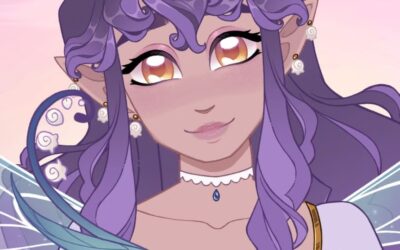

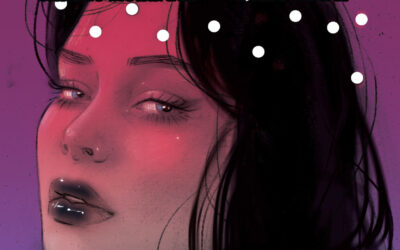
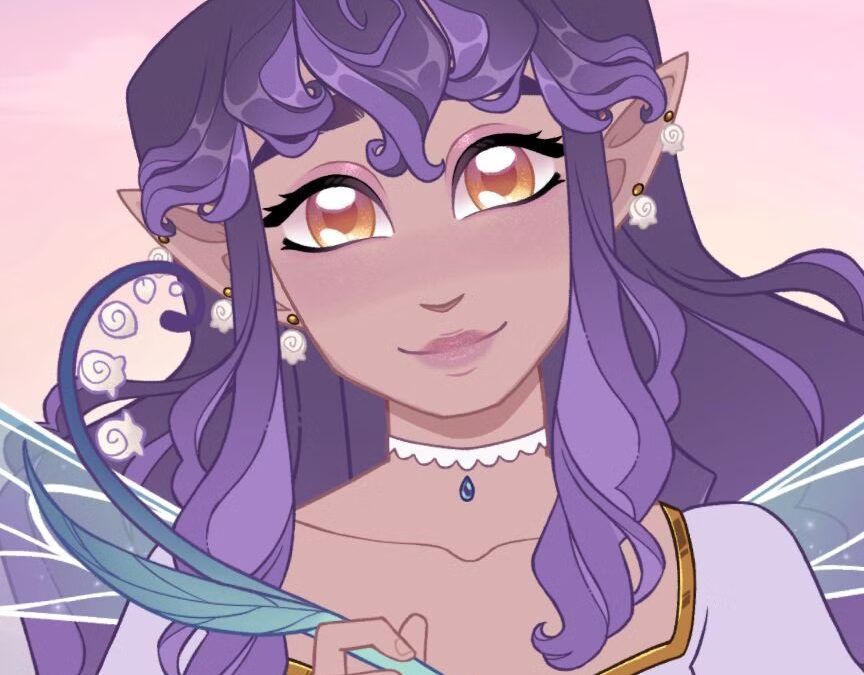
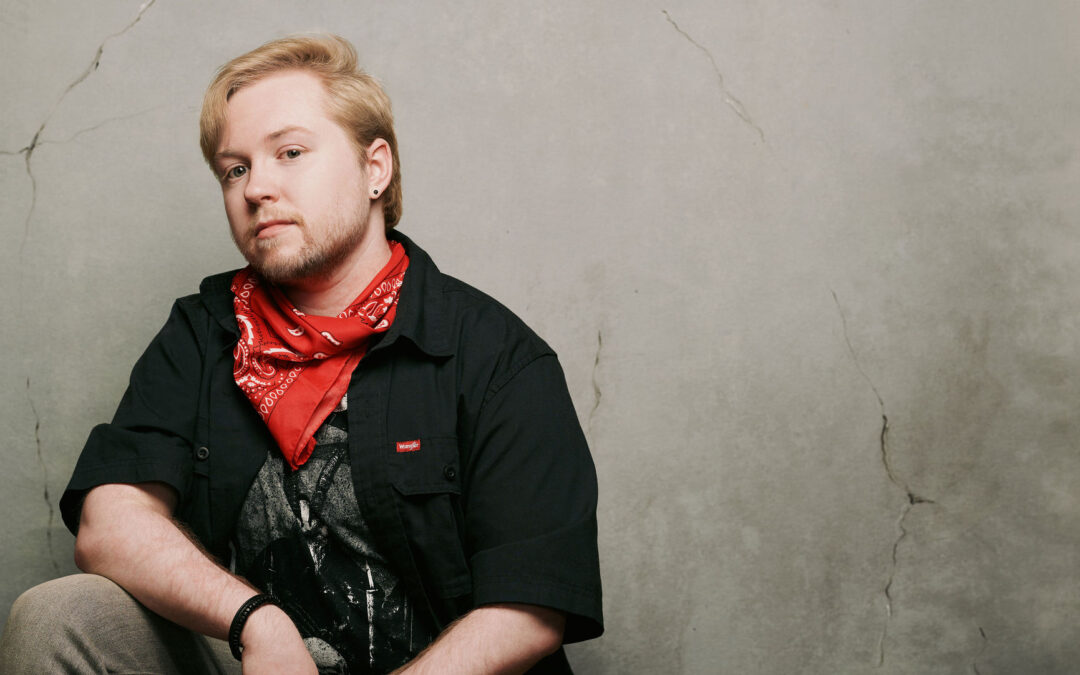
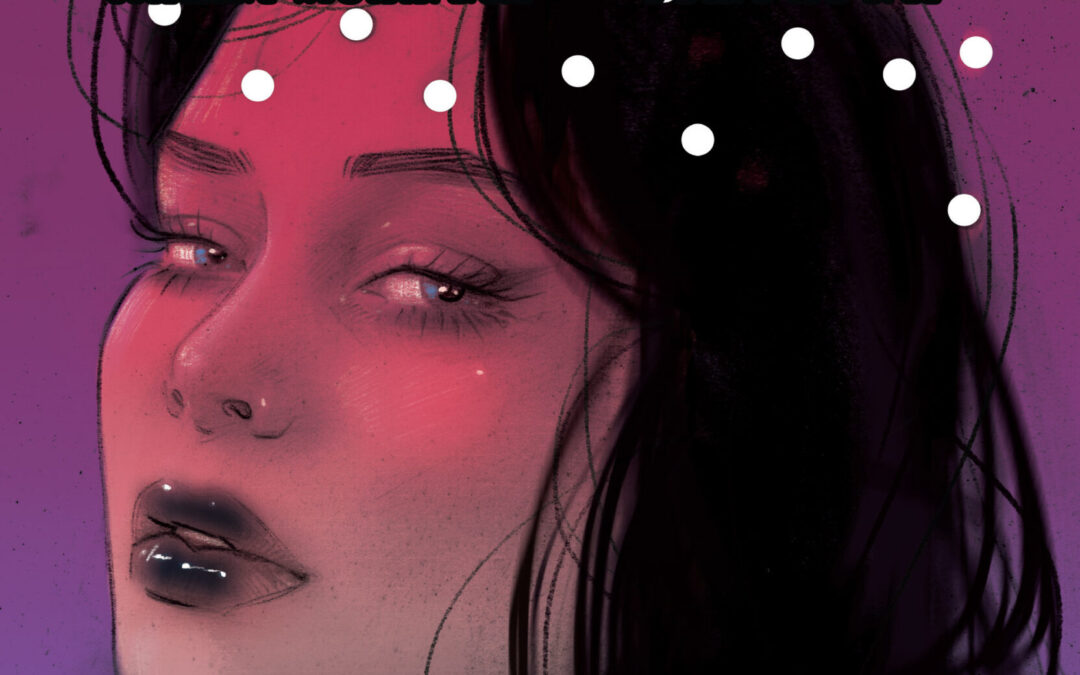
0 Comments